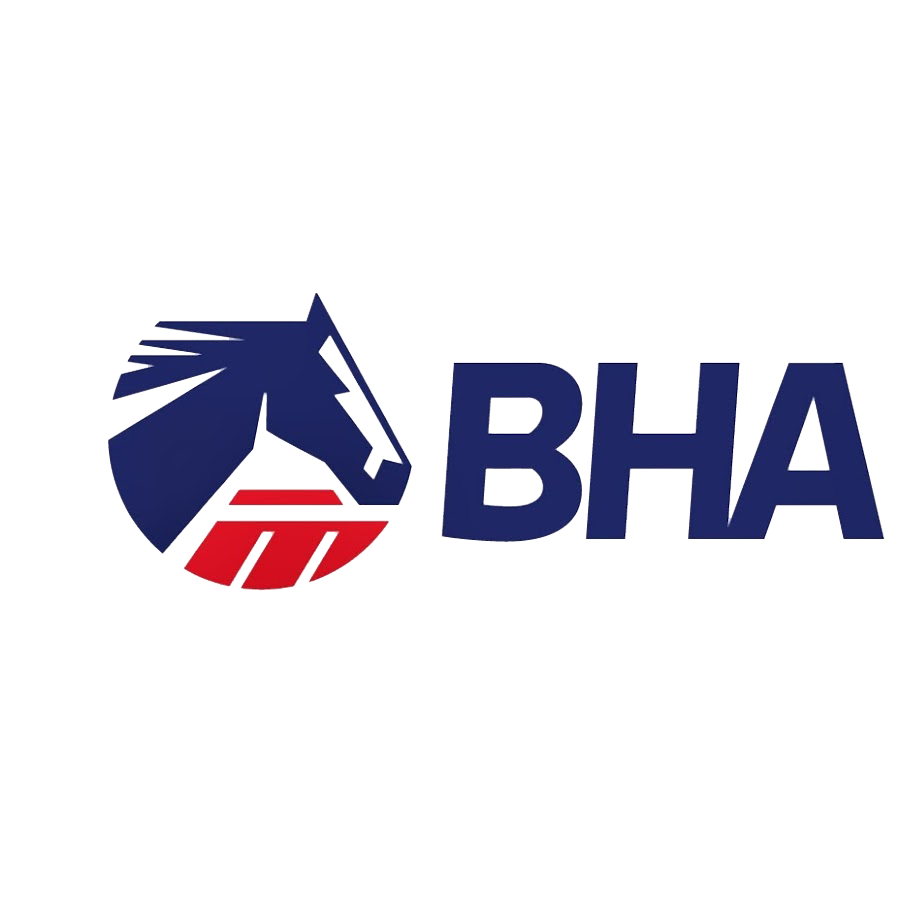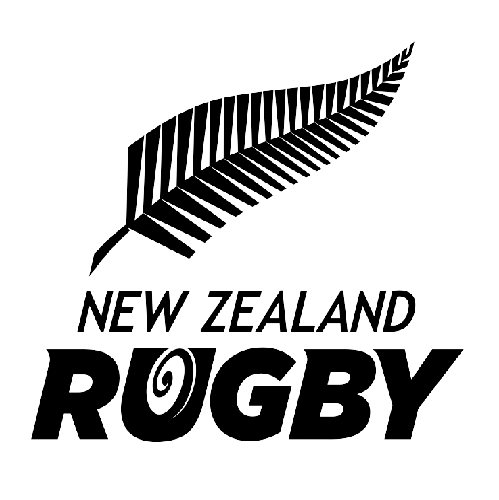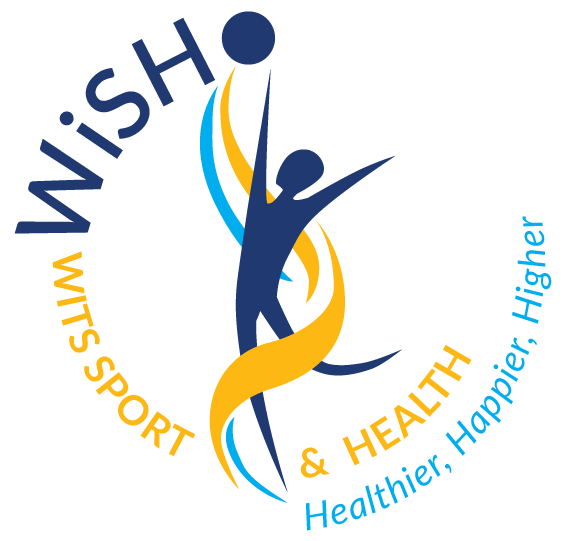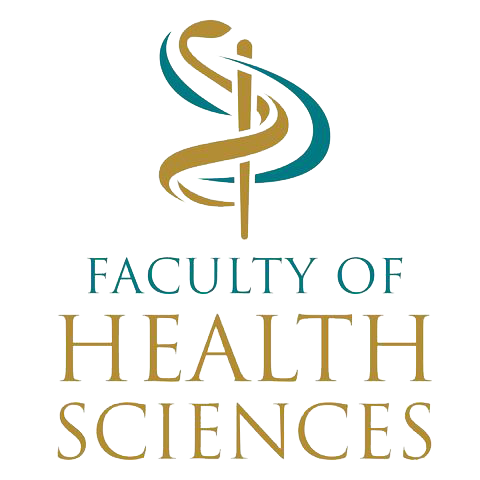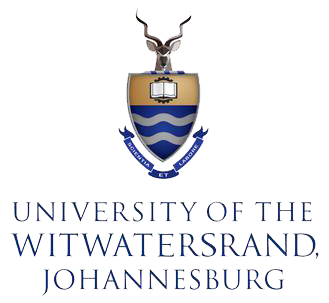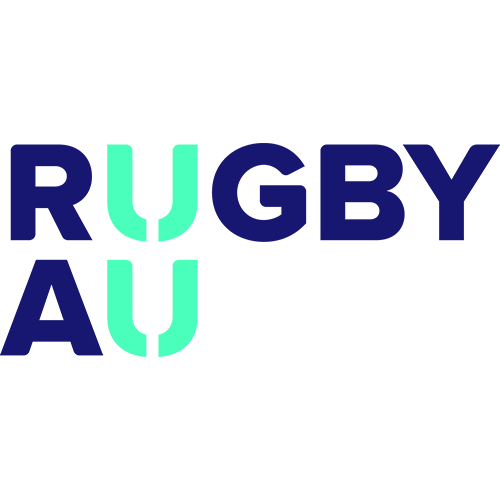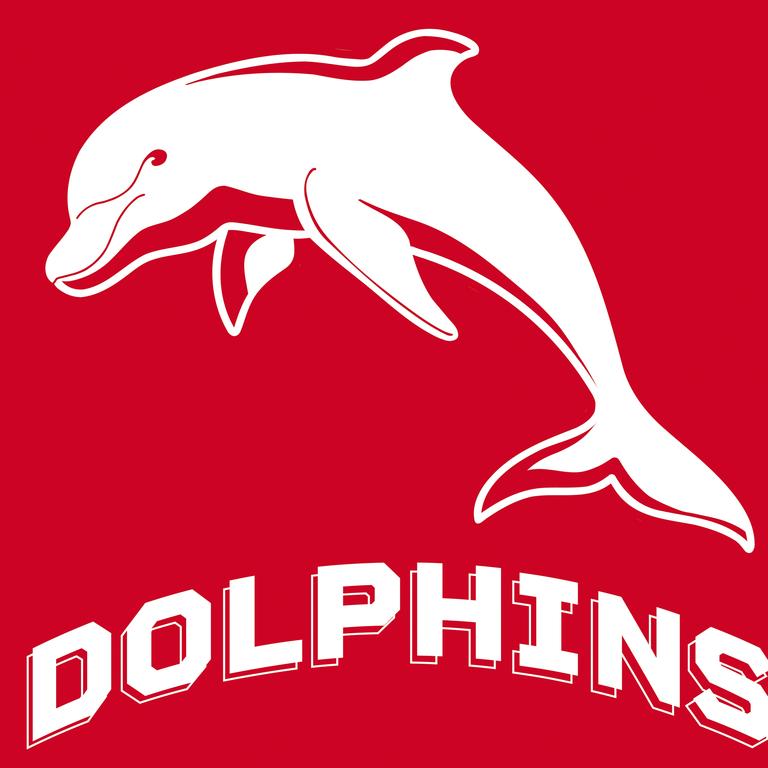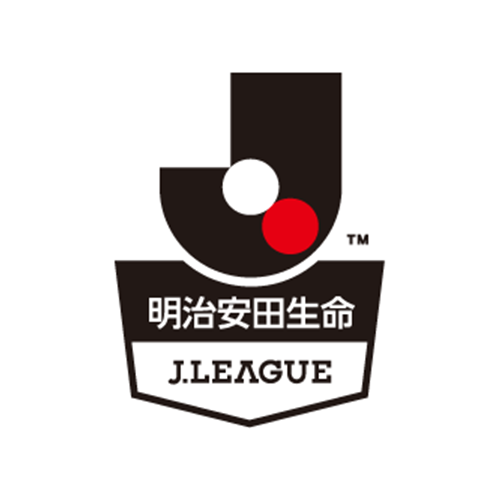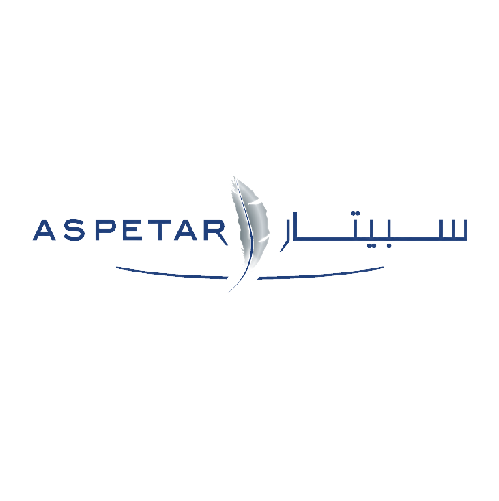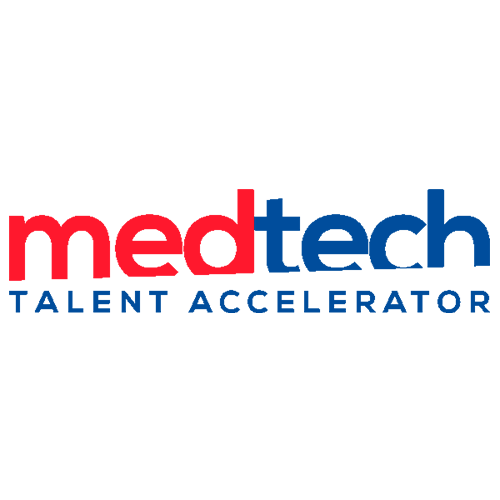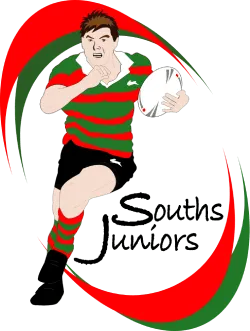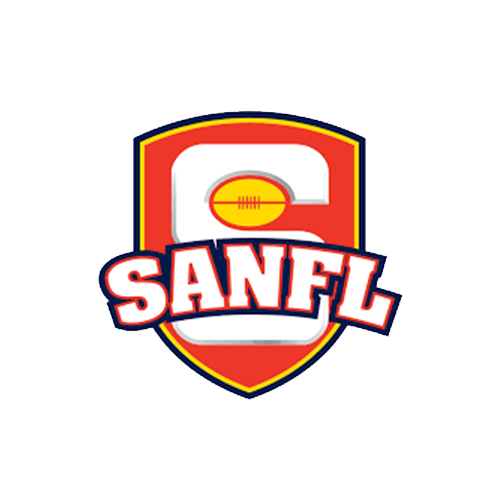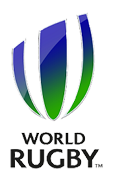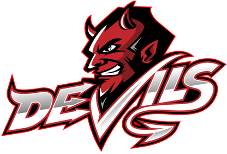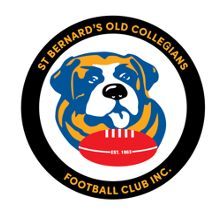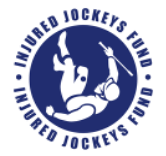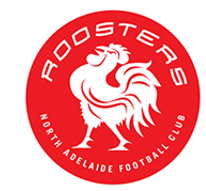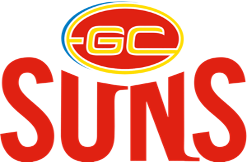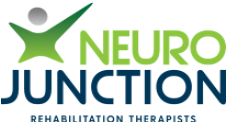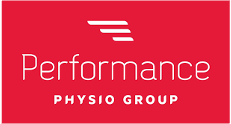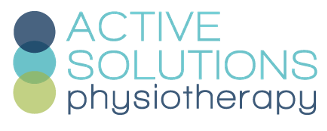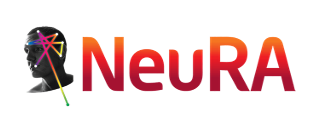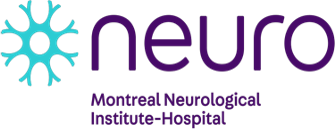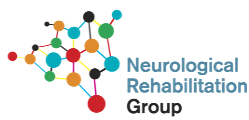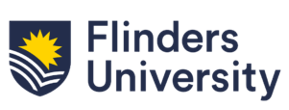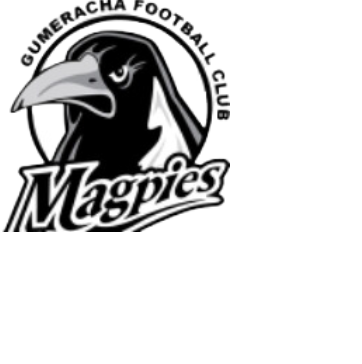Peer Reviewed Studies
Sleep Advances: ‘A Portable Ocular Assessment for Predicting Fitness to Drive under Extended-Wakefulness Conditions – Preliminary Analysis’ – this study demonstrated the vestibular and ocular tests delivered by NeuroFlex could determine those who were sleep deprived.
BJSM: ‘Correlation analysis of objective eye movement metrics and SCAT5 measurements in Japanese professional soccer players on pre-season/baseline phase’ – This study showed demonstrated significant differences in correlations between the NeuroFlex’s objective vestibular and ocular measures, and those of the Sports Concussion Assessment tool, the coefficients were low, leading the authors to conclude both assessments combined would improve concussion assessments.
BJSM: ‘Medical services at the FIFA world cup Qatar 2022’ – highlights the role NeuroFlex played as part of the independent concussion service offered by the Aspetar Orthopedic and Sports Medicine Hospital that was offered at the 2022 FIFA World Cup. Importantly, the success of this service has since been implemented by FIFA as part of their ‘Independent Concussion and Rehabilitation Service’.
BJSM: ‘Sex-related differences in visual reaction time, oculomotor, and cognitive abilities in varsity athletes with a history of concussion’ – – no differences biological sex-related performance differences in objective vestibular and ocular performance.
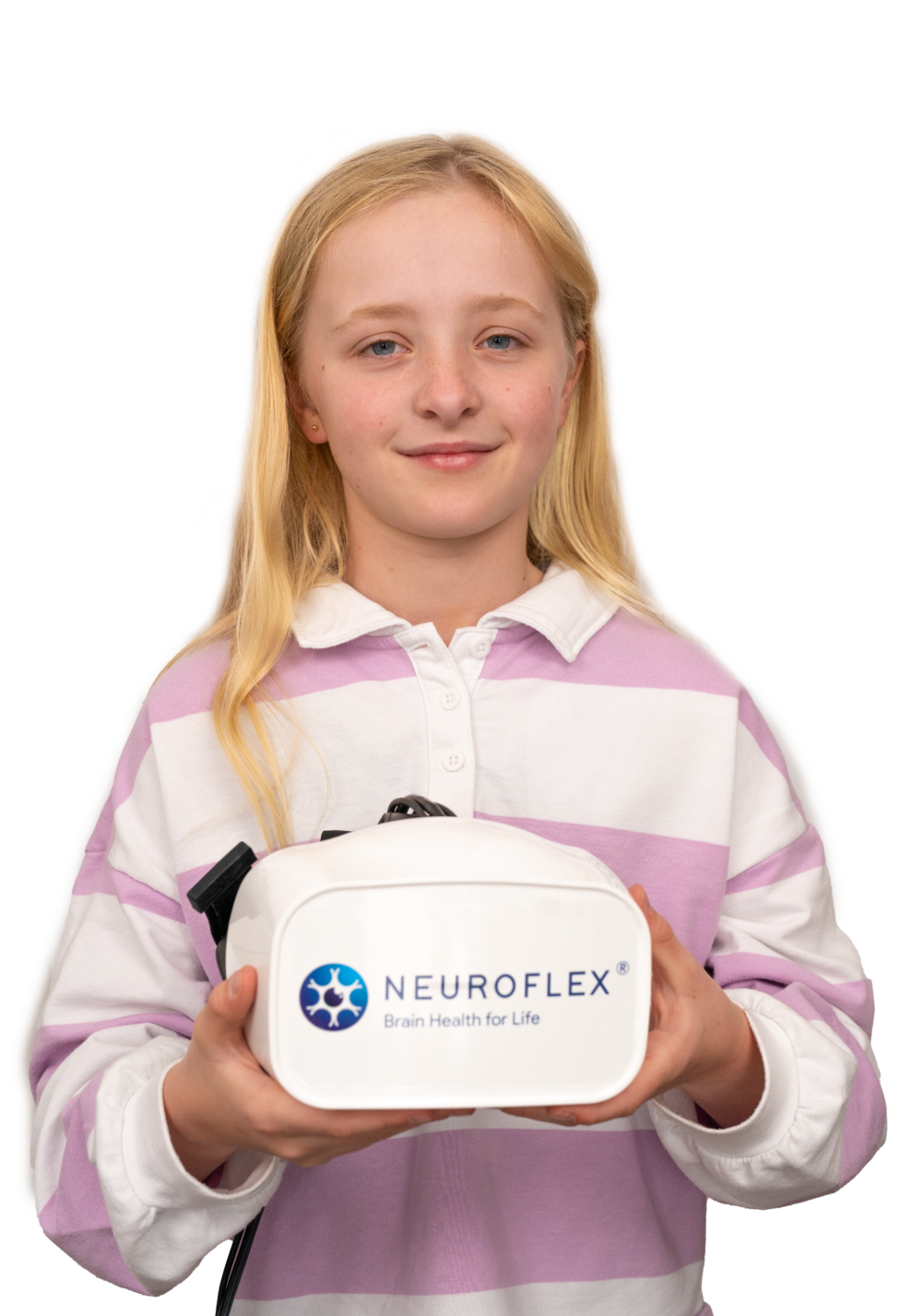
Individualised Approach
Previously, objective data could only be obtained through a specialist hospital laboratory. Now, NeuroFlex® provides clinicians with a condensed hospital-standard assessment in a portable tool. The technology is light and portable, consisting of a laptop, VR goggles and the NeuroFlex® software.
NeuroFlex® is registered with the FDA, Australian TGA, European Medicines Agency, UK MHRA, Health Canada & South Africa HPRA.
NeuroFlex in Action
Concussion
Early detection of concussions is vital in keeping individuals safe and preventing secondary concussion syndrome. NeuroFlex® allows clinicians to make informed decisions about when an individual is safe to return to play. Secondary concussion syndrome can occur when an individual experiences a second concussion before fully recovering from the first. Rapid succession of brain injuries can lead to catastrophic consequences, including severe brain swelling, neurological dysfunction and even death. This is why individualised testing is so important.
*The NeuroFlex® device does not provide a diagnosis by itself. Clinical expertise is required to interpret the data obtained.
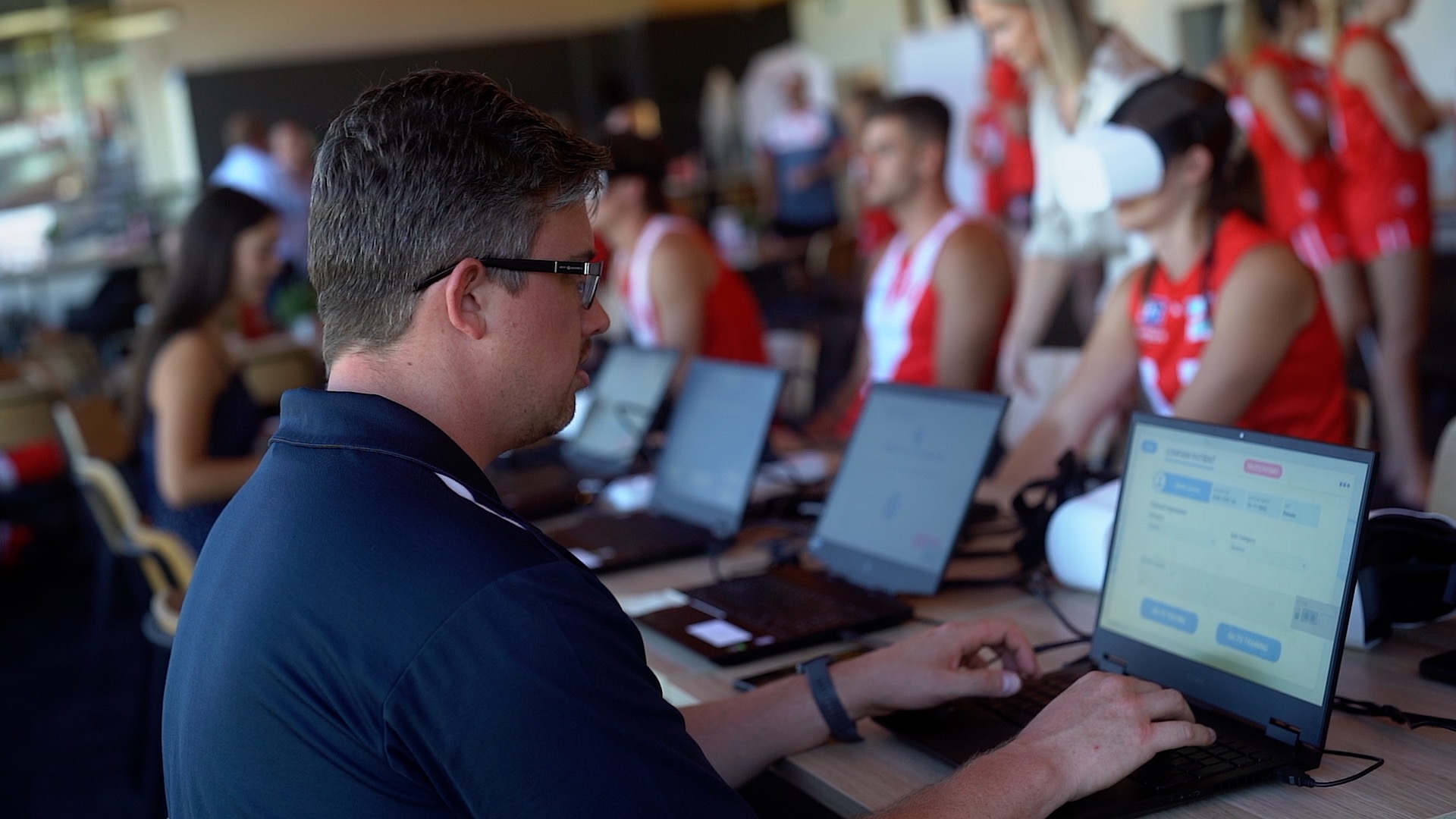
Vestibular
The vestibular system is responsible for maintaining balance and spatial orientation. NeuroFlex’s® VR technology can track eye and head movements in just minutes to help identify what’s causing symptoms. The technology provides key metrics on nystagmus, saccades, slow & fast phase tracking in just 15 minutes.
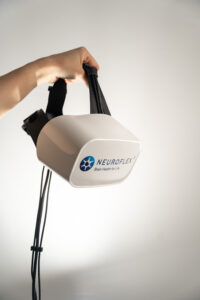
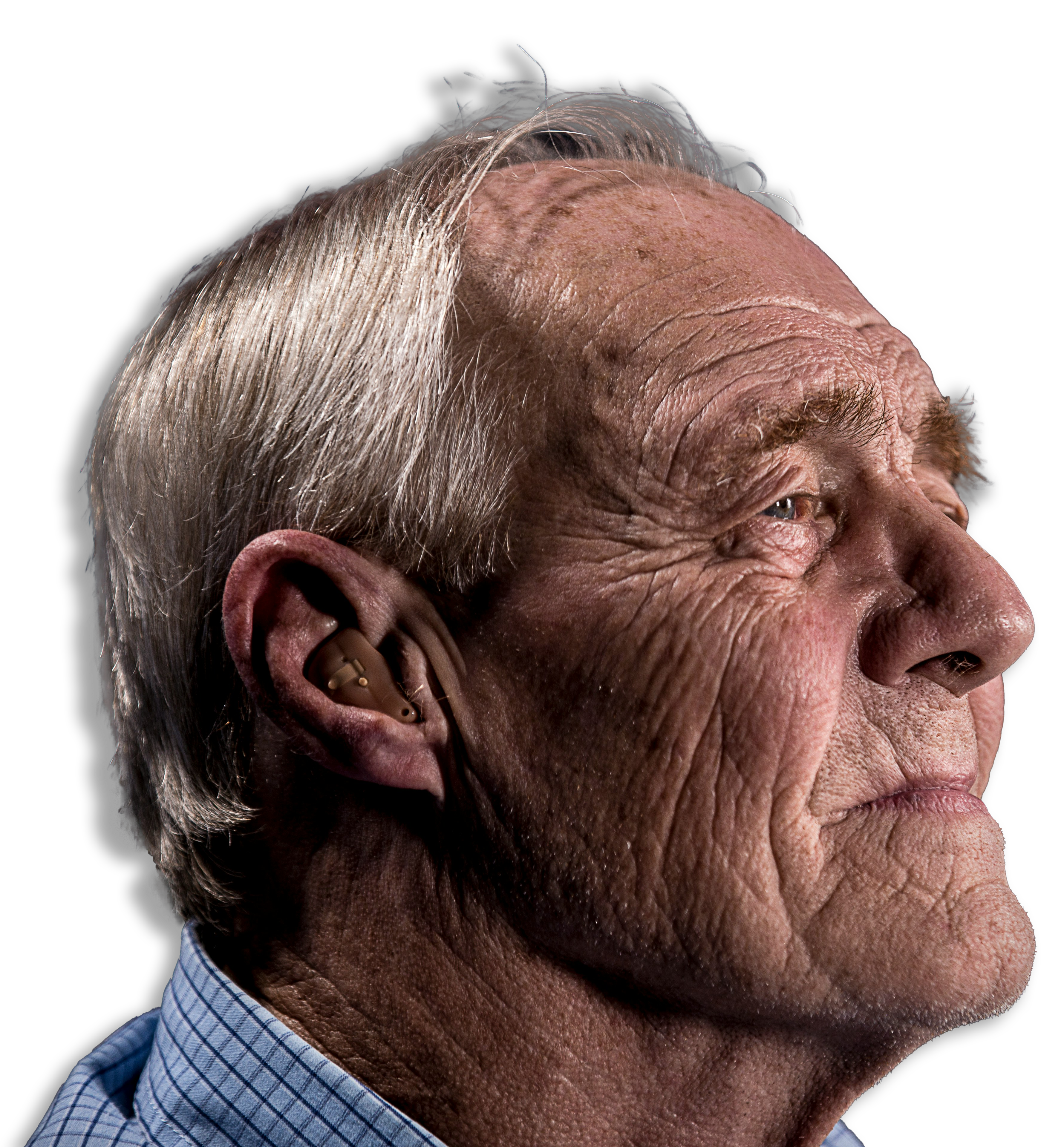
Brain Health in Ageing
Typically, diagnosis of neurological problems is primarily based on behaviours and experiences, which can be subjective. Our revolutionary technology is now providing clinicians with the ability to objectively measure a patient’s brain performance to provide answers and support.
Clinicians are using NeuroFlex® to help fill in the gaps so they can provide a higher standard of care.
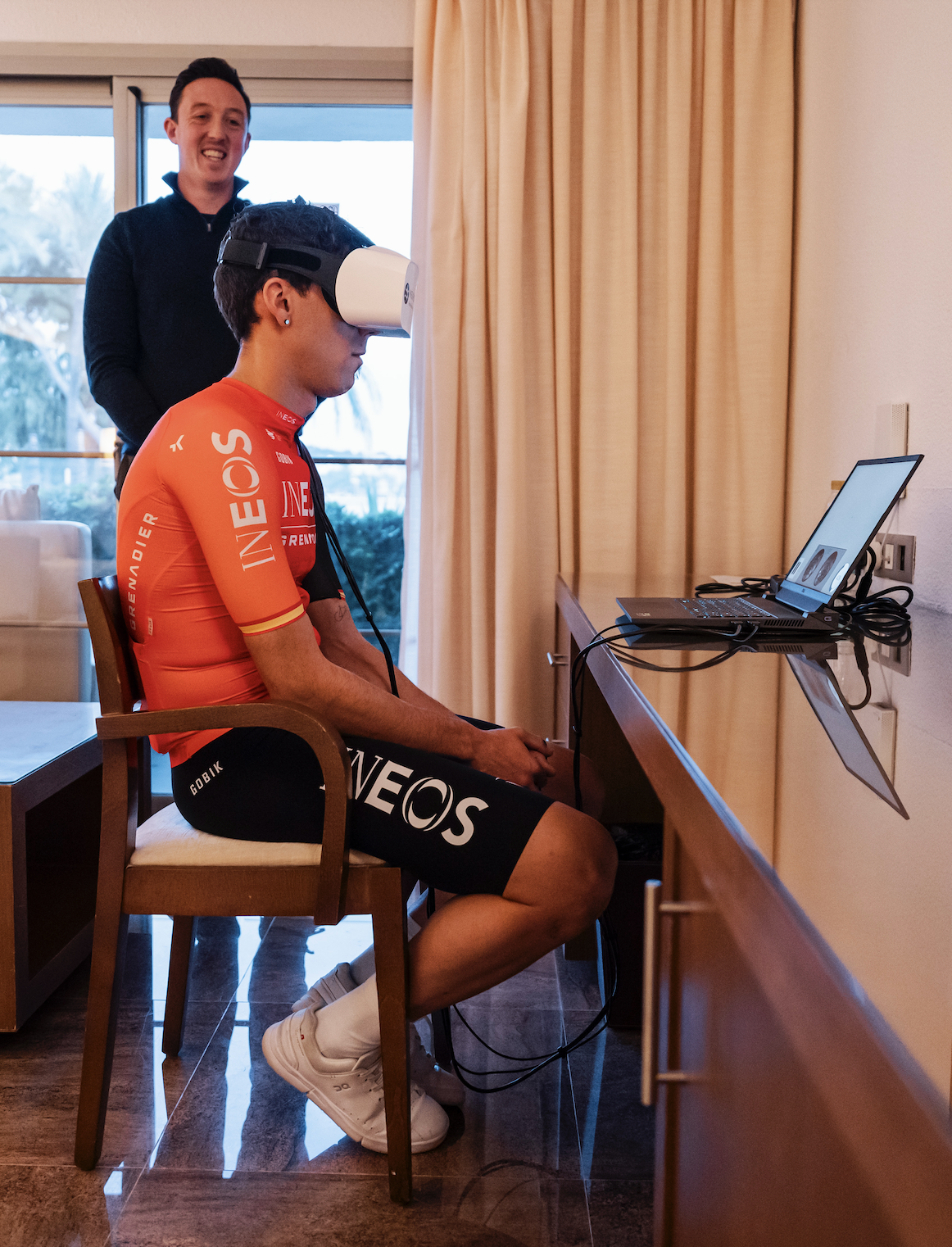
Fatigue
NeuroFlex® is being used by clinicians to help track fatigue. The VR technology can detect sleep deprivation and has also been shown to predict ‘alertness failure’ during a sleep deprived state.


